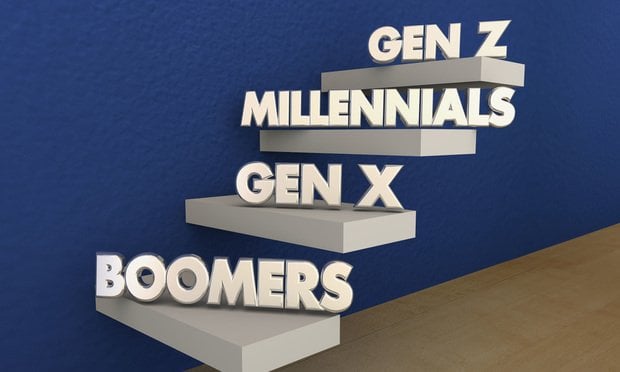A federal judge on Tuesday sent the U.S. Equal Employment Opportunity Commission back tothe drawing board on regulations forincreasingly popular workplace wellness programs, ruling in partthat the agency failed to justify its 30 percent cap on costincentives for participating workers.
|AARP challenged the rule in October, arguing it would allowemployers to illegally access private health information andpotentially use that data in a discriminatory manner.
|The AARP, which lobbies on behalf of nearly 38 million people age 50 and older, also alleged the 30percent limit on health care cost incentives was too high of apenalty for nonparticipating workers.
|In the rulemaking process, the EEOC determined a wellnessprogram could be considered “voluntary” so long as the costincentives—or, seen another way, the penalty for nonparticipatingemployees—did not exceed 30 percent of the value of an individual’splan.
|In his decision, U.S. DistrictJudge John Bates of the District of Columbia in Washingtonacknowledged the “tension that exists between the laudable goalsbehind such wellness programs”—which often entail collectingsensitive medical information from employees—and other federalregulations limiting employers’ access to such data.
|But he found that the EEOC had failed to adequately explain itsdecision to interpret the term “voluntary” in those otherregulations—the Americans with Disabilities Act and the GeneticInformation Nondiscrimination Act—to allow the 30 percent incentivethreshold.
|“Neither the final rules nor the administrative record containany concrete data, studies or analysis that would support anyparticular incentive level as the threshold past which an incentivebecomes involuntary in violation of the ADA and GINA,” Bateswrote.
||“To be clear, this would likely be a different case if theadministrative record had contained support for and an explanationof the agency’s decision, given the deference courts must give inthis context. But ‘deference’ does not mean that courts act as arubber stamp for agency policies.”
|Dara Smith, an attorney at the AARP Foundation Litigation, saidit will be “extremely difficult” for the EEOC to justify the 30percent level as the agency revisits the rule. “I think they couldcome up with a better rule that would actually be fair and preventcoercion,” she said.
|EEOC Acting Chairwoman Victoria A. Lipnic said in a statement:“We are assessing the impact of the court’s decision and order, andoptions with respect to these regulations going forward.”
|Bates’s decision granted the AARP’s motion for summary judgmentagainst the EEOC rule. But Bates declined to vacate the ruleentirely out of concern for “significant disruptiveconsequences.”
|If the rule were vacated, Bates said, employees who’ve alreadyreceived wellness program incentives “would presumably be obligatedto pay these back,” while employers who effectively imposed apenalty on nonparticipating employees “would likewise be obligatedto repay to employees the cost of the penalty.”
|Protected health care information that was already disclosed tocompanies “cannot be made confidential again,” Bates said.
|“It is far from clear that it would be possible to restore thestatus quo ante if the rules were vacated; rather, it may well endup punishing those firms—and employees—who acted in reliance on therules,” Bates wrote.
Complete your profile to continue reading and get FREE access to BenefitsPRO, part of your ALM digital membership.
Your access to unlimited BenefitsPRO content isn’t changing.
Once you are an ALM digital member, you’ll receive:
- Critical BenefitsPRO information including cutting edge post-reform success strategies, access to educational webcasts and videos, resources from industry leaders, and informative Newsletters.
- Exclusive discounts on ALM, BenefitsPRO magazine and BenefitsPRO.com events
- Access to other award-winning ALM websites including ThinkAdvisor.com and Law.com
Already have an account? Sign In
© 2024 ALM Global, LLC, All Rights Reserved. Request academic re-use from www.copyright.com. All other uses, submit a request to [email protected]. For more information visit Asset & Logo Licensing.








